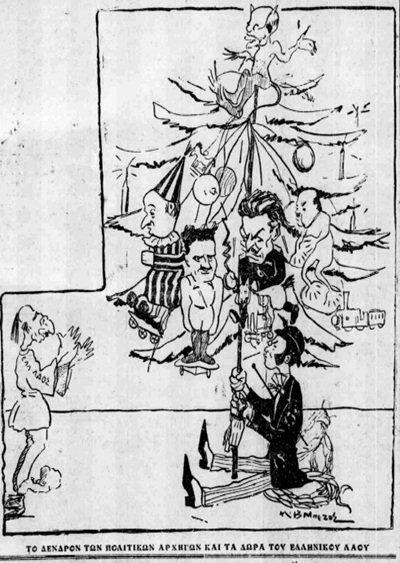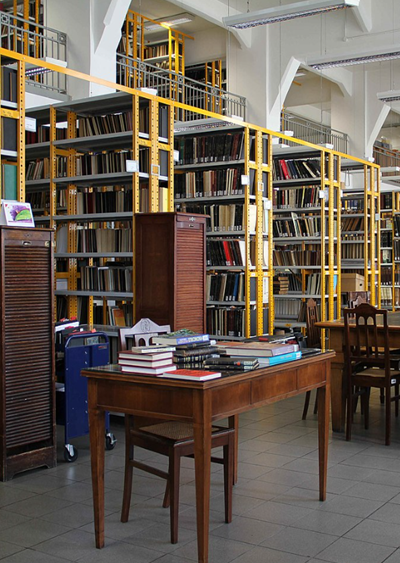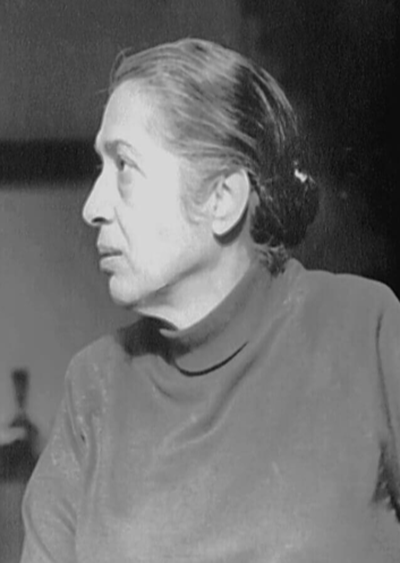
The National Historical Museum inaugurates the second part of the exhibition “From Greater… to Contemporary Greece“, which follows the completion of the creation of the country in terms of borders and population. The first part, presented in 2022, describes the events that led to the consolidation of borders after the end of World War I, focusing on the Asia Minor Campaign and the collective trauma of the Smyrna disaster. The second part, subtitled “The Refugees“, focuses on the demographic configuration of Greece through population movements over a century.
Modern Greece was formed between the 1821 Revolution, which gave birth to the first small state, and the signing of the Treaty of Lausanne in 1923. During this century, world-changing events took place, resulting in refugee flows that radically altered Greek society. The aim of the exhibition is to present the refugee phenomenon as comprehensively as possible, through the issues that have been of concern to people who have found themselves in the plight of having to leave their ancestral homes. Through human stories, aspects of the issue such as forced flight, the difficulties of movement, reception, settlement, trauma management, integration in the new homeland, and memory are illuminated. At first reading, it is difficult to identify the chronological origins of these stories. What they have in common are the timeless feelings of the persecuted people, fear and despair, acceptance of destruction and loss, perseverance and endurance, the stubbornness to survive. And at the same time, solidarity and support, the efforts of compatriots and foreigners to help, but at the same time the suspicion, indifference and hostility of many.
The above are visualized in the exhibition through a video-animation, the work of director Panagiotis Rappas, in which refugee groups in a continuous course, which lasts more than 100 years, symbolically welcome the visitor, while selected stories of the exhibition are brought to life in videos by students of the Animation Department of the AKTO Educational Group.
The exhibition is divided into four major sections: The Causes – Uprooting – Rooting – Memory. The causes shed light on the reasons that lead someone to leave their home country suddenly and unexpectedly: wars, persecution, border changes, population exchanges, etc. The forced and ill-prepared flight, the difficult journey, from which not everyone survived, the valuables they did not part with, the reception refugees encountered, and the first attempts at care are the themes of the second section. The third section focuses on the temporary and permanent housing of refugees, health care, property valuation, compensation, vocational rehabilitation of urban and rural residents, and education. The last section focuses on the memory and collective consciousness of refugees through music, sport, clubs, literature and cinema.
The exhibition presents photographic evidence, historical documents and objects from the Museum’s collections, accompanied by testimonies, extracts from sources and press articles. A large number of institutions and private individuals, perhaps the largest of any Museum exhibition, have donated archival documents and relics.
The exhibition was curated by Μrs. Natasha Kastriti and Regina Katsimardou in collaboration with Ms. Iphigenia Vogiatzi, Androniki Markasioti and Anna Kandia. A detailed catalogue of the exhibition is to be released in early 2024.
Opening: Saturday 16 December 2023 at 18:30
Exhibition Duration: 17.12.2023 – 30.6.2024
Hours of operation: Tuesday-Friday: 9:00-16:00, Saturday-Sunday: 10:00-16:00
THE NATIONAL HISTORICAL MUSEUM
Old Parliament Building, Kolokotronis Square, 13 Stadiou Square, Athens 10561
Tel: 210-3237617, 3237315, 3222.266, Fax: 210-32.13.786
Website: www.nhmuseum.gr, e-mail: [email protected]







Leave A Comment